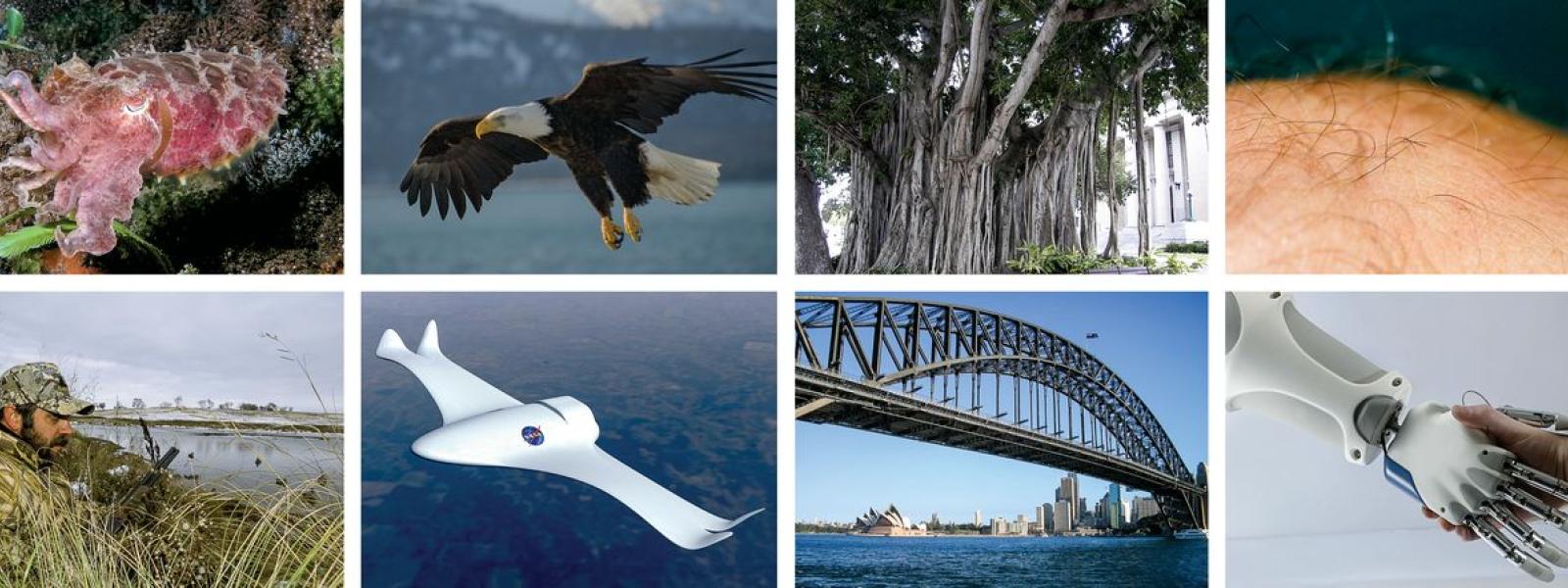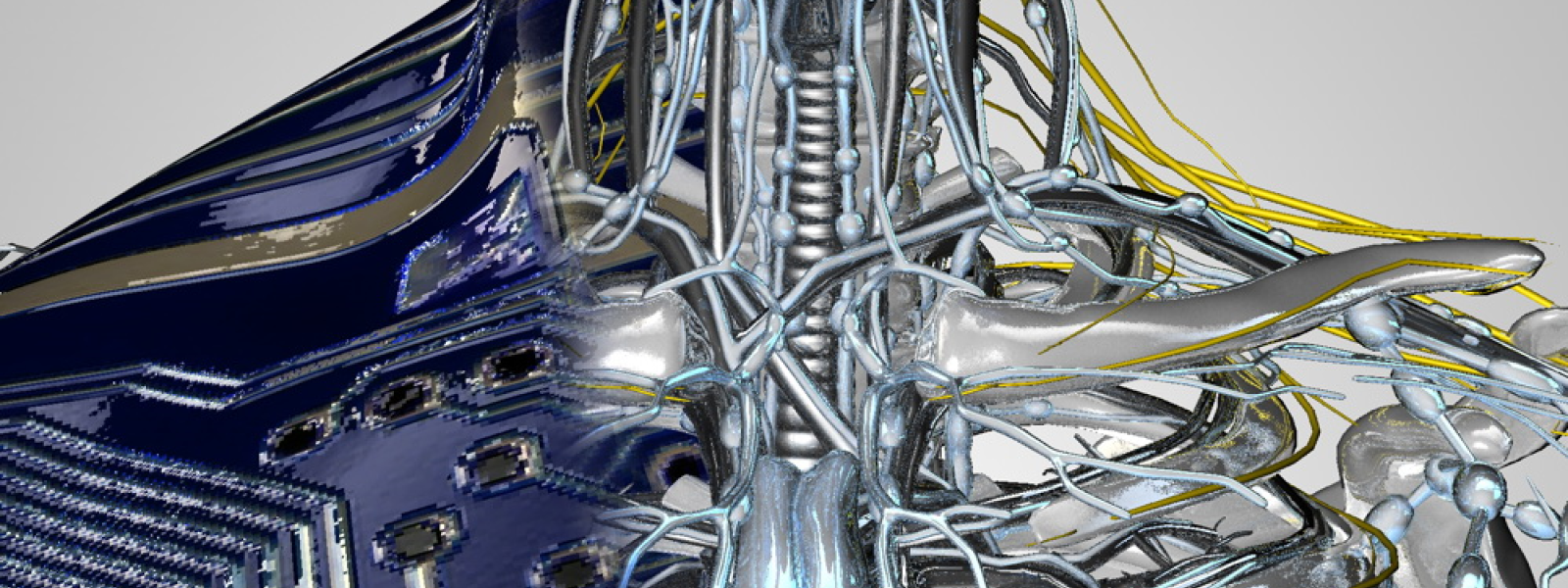About the IRT on Multi-functional Materials
Novel polymers, advances in miniaturization of computation, and improved manufacturing capabilities brought the vision to engineer materials that mimic the tight integration of sensing, actuation and computation of biological systems closer than ever. Examples of such materials include camouflage skins, bird wings that can adapt its aerodynamics on the fly, plant-like structures that self-diagnose, or skins that sense touch and provide thermal regulation.
Such materials will revolutionize both material science and robotics alike, but are out of the reach of any individual discipline on its own. Rather, they require close collaboration between materials and device engineers, computer scientists, and roboticists that understand not only materials, but algorithms, system level challenges in dynamics, signal processing, controls and how to harvest, store, and distribute energy.
Efficiently mimicking the nervous system that provides biological systems with autonomy requires a departure from conventional computing architectures. The IRT will drive the development of novel materials and novel ways to perform computation alike, while advancing the science of material integration. Specifically, the IRT strives to go beyond device-level demonstrations, but focus on the challenges that their integration into functional systems poses.



